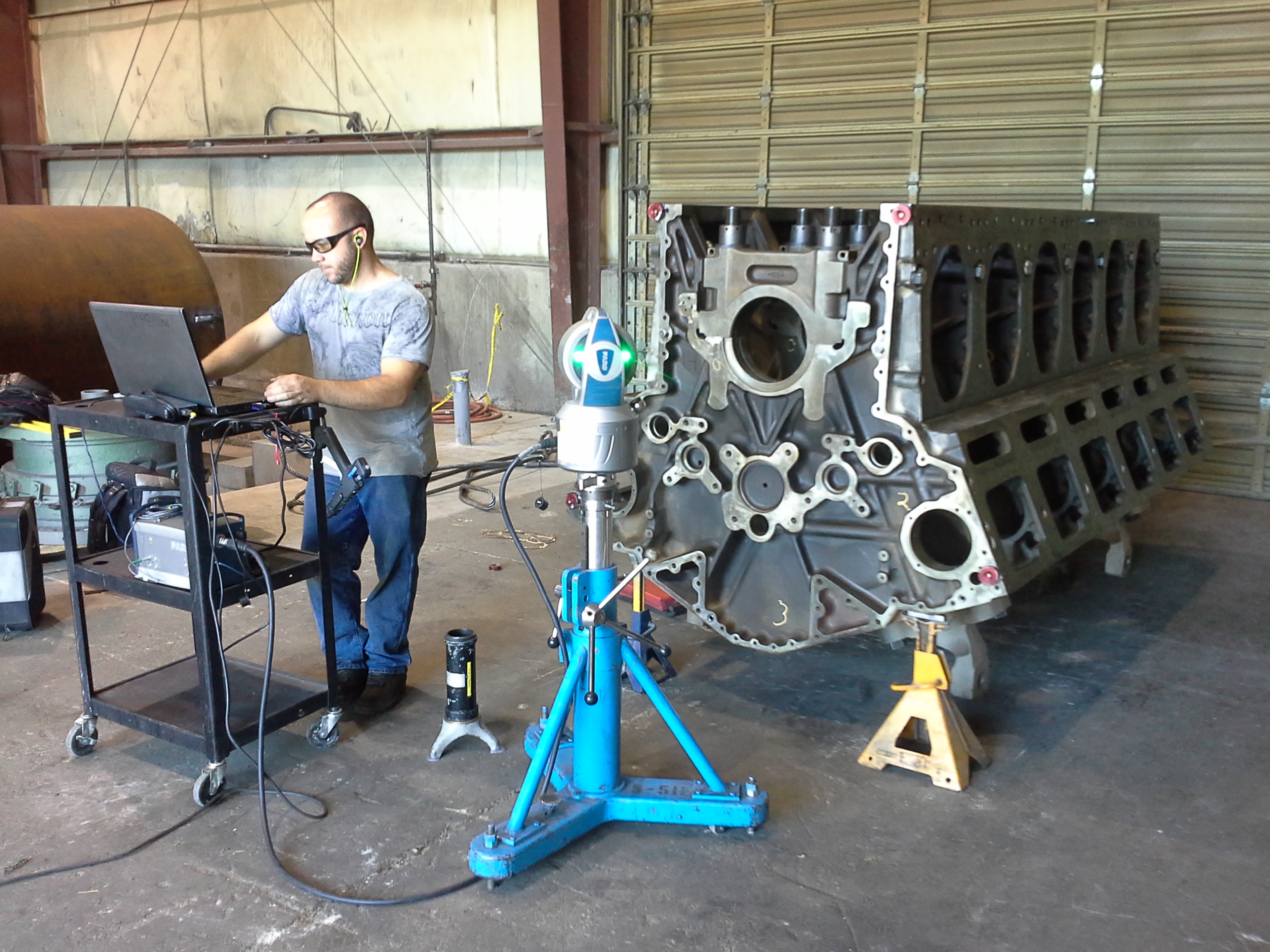Stainless steel welding is a critical process in various industries, from automotive and aerospace to construction and manufacturing. With its exceptional qualities like corrosion resistance, durability, and aesthetic appeal, stainless steel has become a preferred material for a wide range of applications. As a result, the demand for skilled stainless steel welders has been increasing steadily around the world. Understanding the intricacies and techniques of stainless steel welding is essential to ensure high-quality and long-lasting welds that meet industry standards.
During the stainless steel welding process, a precise balance needs to be maintained between heat and cooling to prevent distortion, cracking, or loss of corrosion resistance. Unlike other metals, such as carbon steel, stainless steel has unique properties due to the presence of chromium, which gives it its corrosion resistance. This characteristic makes stainless steel more challenging to weld, requiring precise temperature control and proper filler material selection. Additionally, stainless steel is available in different grades, each having specific welding considerations that must be taken into account. In this article, we will delve deeper into the world of stainless steel welding, exploring the techniques, challenges, and best practices necessary to achieve superior welds in this versatile material.

Can Stainless Steel Exhaust Pipe Be Welded? Yes, stainless steel exhaust pipes can be welded. In fact, welding is one of the most common methods used to connect sections of stainless steel exhaust pipes together. Stainless steel is known for its durability and resistance to corrosion, which makes it an excellent material for exhaust systems. However, welding stainless steel requires specific techniques and expertise to ensure a strong and reliable weld. It is important to use the correct type of welding process and filler material that are compatible with stainless steel to avoid compromising its corrosion resistance and structural integrity.
In conclusion, stainless steel welding has become increasingly important in a wide range of industries due to its exceptional qualities and versatility. The process requires skilled welders who can maintain the precise balance between heat and cooling to avoid distortion and loss of corrosion resistance. Stainless steel’s unique properties, such as its chromium content, make it more challenging to weld compared to other metals. Different grades of stainless steel also require specific considerations when it comes to welding. When it comes to exhaust systems, stainless steel pipes can be welded together using the appropriate welding process and filler material. By following best practices and utilizing the correct techniques, stainless steel welders can ensure strong, reliable welds that preserve the material’s corrosion resistance and structural integrity.

Leave a Reply